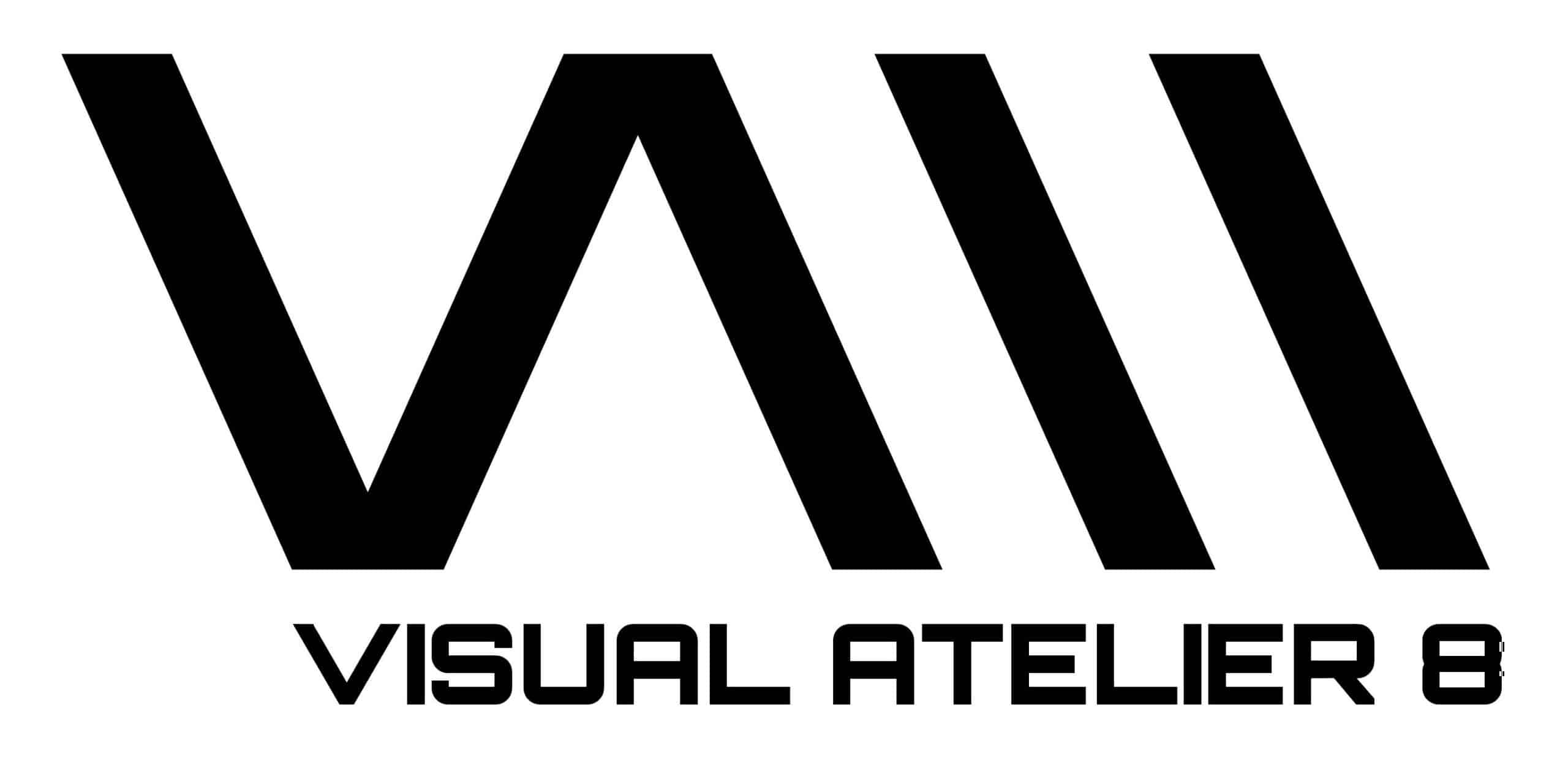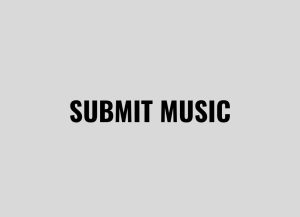
Your work punctuates a certain depth and a multitude of carefully chosen elements, a culmination of artful philosophy and aesthetic. Can you tell us about how you go about building your scenes and the details you choose to include?
Firstly, the actual medium is called plasticine in England, it was invented by a British art teacher in the Victorian era. It’s better known now for animation and things like that. I came across it about 12-13 years now and I was doing what they called then video and performance art. And of course, there’s no money in it and in 2005 or 2006, technology wasn’t like it was today. So we are in a limbo period, and someone offered me an exhibition. When I went to the art shop to try and buy an oil paint I can afford, but I couldn’t afford to buy any of it so I found this kid’s clay which is plasticine. It’s made from petroleum jelly, chalk, and calcium salts. You can basically mold it into your hand because the petroleum jelly has a soft quality to it, you can sculpt it essentially and leave it because it never dries.
That was why the art teacher originally invented it so he could conduct art lessons, he was a chemist slash art teacher so he could have these lessons and not waste lots and lots of clay for his students. The sculptural paintings are basically sculptures. I work on aluminum boards and I use those because I can crosshatch it and put a layer of thin black plasticine down. Then a meshing with rivets and then another layer of black plasticine.
I have a mixer machine used to make hard rock sweets like popsicles, it’s not a common bit of machinery but it’s very useful for mixing plasticine. What I used to do is buy plasticine and use hair dryers and hot plates to hand mix it. Now I have this machine to stuff the clay in there and once it’s in there, it gets heated by the blades and we put pigment in the plasticine so I can get any color I want. They’re all numbered so it’s become very systematic like that. Then I will make a composition. All of my works are mind state paintings, they’re not real, they’re sort of dystopian visions of the future or the past or in particular, the Jungle works.
The scenes themselves, how I got to making the Jungle work, were actually a few things. I was struggling with my mental health and I just did a series that took me about 3 years about this character who goes through the contemporary art world, taking drugs, marrying rich women, and living this sort of big life. It was semi-autobiographical and it was a bit traumatizing. I just wanted to escape to something that was about color and abstraction, just lose myself in a dystopian world – that’s really how I came to making the Jungle works.
I’ve never really been to a jungle. Now the images I get from Pinterest, predominantly, or the Internet. The compositions are made in Photoshop on a screen. So when I go down to my studio, I spend the time working from the back, normally the sky. I use lots of different tools, sculpting tools. There are lots of tricks I’ve learned over the years to create swirly skies, it’s a kind of a labor love. They normally take 3-4 months for 2 people working on 1-1.5 meters, they’re handcrafted and highly detailed. They’re rather maddening, it’s like taking a ship over a mountain or something in that sense.


What is the significance of specifically using plasticine in your work?
It’s an arte povera thing too, it’s really important to me. When I was growing up, my family always had a drawer full of shit like string, blue tack, glitter, tape, bits of paper. With my mom and dad, we were never allowed to say we were bored so they would always dump this drawer on a table and tell us to create something. The arte povera movement was this movement from Italy in the 60s/70s, so it had its foundations in that too which is that you can make art from anything, doesn’t have to be fancy necessarily but it could just be anything that is accessible to you…and I like that about plasticine. So really, it was an economic thing. It was 90 cents a bar compared to a container of oil paint.
It was out of a combination of trying to think differently. I sort of ran with it, really. There are great qualities about it, there’s a longevity debate that goes on with it. But I don’t think that’s the duty of an artist really, but it certainly is when people spend a certain amount of money or things that tend to get looked after later on down the line. I don’t worry too much about it. But the paintings will fade over time probably in terms of color. When it comes out of the machine, I’m putting luminous paints in there so they come out really vibrant but there’s something nice about that too, all paintings fade.
Working with plasticine, how do you gauge when you’re finished with a sculptural painting?
Because of the nature of it, it’s mostly filled in and then I highlight the entire thing so it’s done like how a Renaissance painter would have done it. It is like painting but not in a 20th century way of painting, I make them like a Renaissance painting. So I have assistants. The paintings take very long and I’m overseeing it and I get involved in certain areas. Particularly with the Jungle works, I’d say I only did 70% of it myself whereas, with other things, I do pretty much myself. So I know when it’s finished when it’s highlighted pretty much. I’m not in some sort of trance, it’s not me and a canvas. The medium is very hard. In some ways, the compositional or artistic bit is when I’m sitting at my desk when I’m getting the images together.


There’s a pensive nature of your art that can be thoroughly appreciated. What are the philosophies behind the images you create?
Firstly, like I mentioned, they’re mind state paintings. I’m interested in mental health and this idea that paintings have the ability to make you happy or cry, things like that. The Jungle paintings, on a personal level, were there to help me overcome some sort of trauma. Then ultimately, I find that a lot of people who own my work really enjoy having them in their bedroom, for example, to give them that kick in the morning. It’s hard to see really on a screen, and that’s sort of a problem for me artistically to try to get the language across on how these work. They’re really heavy sculptures.
The debate on climate change is a big one, I’m not a preacher about it, I do love nature and all my family are farmers. I grew up in the countryside. I just think in some ways, humans need to get over themselves. Because ultimately there could be a virus that could come wipe us out, I mean, nature in some ways doesn’t give a shit about us. I think we’re kind of hysterical about it but actually it’s stronger than we are. Man’s ego gets involved as well. I celebrate the power of nature and I’m kind of optimistic about it too, but I’m also critical.
I think I have a healthy debate around it, I’m not making any statement about the jungle. I think I do snowscape pieces, I’m currently doing 5 pieces as well based on the fires in Los Angeles so they are about man and nature, me and nature, all of us and nature. I’m sort of philosophically optimistic, I’ve seen things from a farm. Seeing things being born and dying, I’ve seen a different side to nature than maybe some people have. It’s very brutal. Nature is the most important thing to me.


If your paintings could speak, what would they say?
Oh my goodness. I think that they’re very, very odd things. *laughter* Put it this way, I’d hate to think what they’d have to say themselves. And I certainly can’t speak for them, they’re really just quite odd things. And I mean that because the medium is odd and the way that they’re put together is odd. I’ve created a language, in that way. I’d say that they’d speak a language that we wouldn’t necessarily be able to decipher, I think I’ll leave it at that.
Can you divulge any details on any upcoming projects or collaborations you’d like to share?
I’m doing an iPad portrait exhibition involving a microcosm and it’s a painting, of lots of people in the art world. I create it on my iPad using Procreate and using a flatbed printer to print those portraits on to very different mediums like slate, copper, lead, newspaper, steel, all kinds of different mediums. This will be showing in September in London. Then I’m doing a show that’s currently showing at the Indian Art Fair. I’m also showing at Gallery Isa in Mumbai in September.

All images courtesy of Henry Hudson, shared with permission

